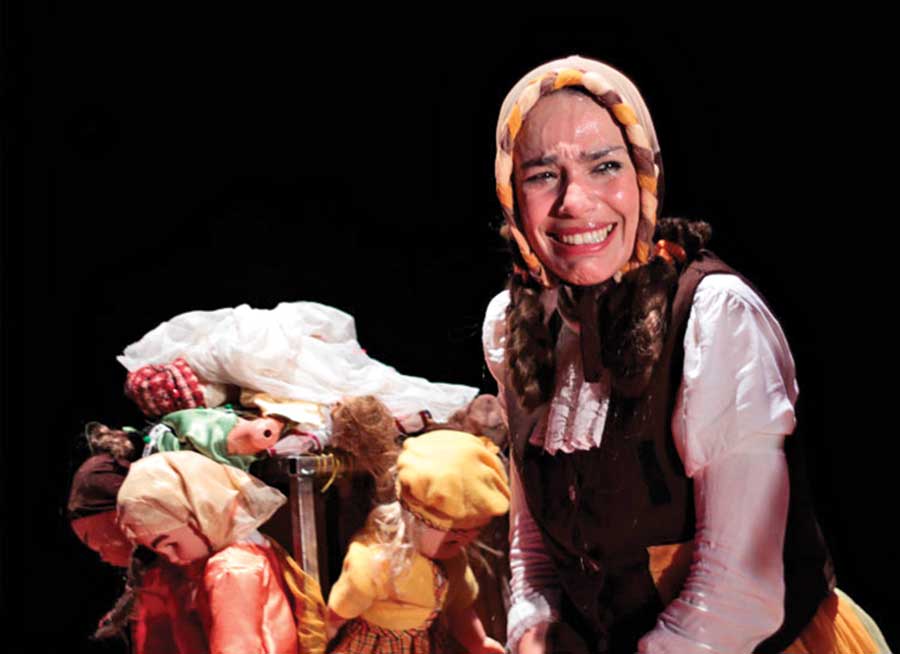Commissions With a Mission: To Create Middle Eastern American Plays
Adriana Sevahn Nichols, Yussef El Guindi, and Mona Mansour gather at the Lark to talk about what a playwriting fellowship meant to them.

Theatre made in the Middle East and North Africa—and by Western artists who trace their heritage to that diverse and contested region—is the focus of the stories in this special section.
Adriana Sevahn Nichols, Yussef El Guindi, and Mona Mansour gather at the Lark to talk about what a playwriting fellowship meant to them.
In staging two contemporary Egyptian plays in the U.S., how to eliminate exoticism without erasing specificity? With care, context—and some poetic license.
Though the regions’ names suggest they lack their own centers of gravity, culture helps forge a common identity in spite of war, plunder, and devastation.
The arts incubator moves its main event to Morocco this year, aiming to create an Arabic/American playwright exchange.
Creating theatre in Jordan brings a sense of community and closure to refugees from Syria.
At the seventh annual festival of solo work, artists from the Middle East and Asia build on Eastern oral traditions to address present struggles.
Two choreographer/theoreticians, one Egyptian and one Palestinian, negotiate—and draw inspiration from—painful cultural divides.
Both Motti Lerner’s ‘After the War’ and David Grossman’s ‘Falling Out of Time’ engage with loss, but in wildly different ways.
A biennial Bay Area gathering has forged new links among artists identified with the Middle East, North Africa, and Asia.
What did 4 female-led works at New York Live Arts’ Live Ideas Festival have to say to us or to each other—or are those even the right questions?